TASTE PARIS
Fun and flavour on the rugby sidelines
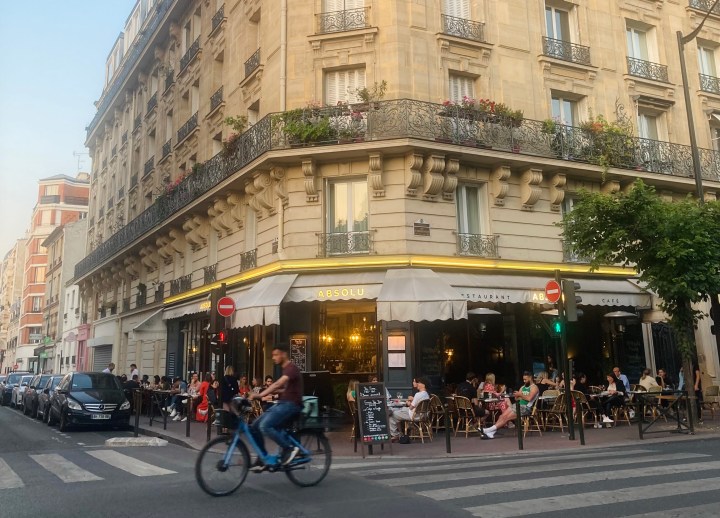
When in the French capital for the Rugby World Cup, take time out to feast on its culinary delights, or break bread with the ghosts of Frédéric Chopin, Jim Morrison and Edith Piaf.
Parisians are multitaskers, evolved to eat baguettes, smoke, talk on their phones and ride bicycles at the same time. Their bearing varies between friendly and affable indifference, many with handbags worth more than a small house.
At boulangeries behind glass counters, women with doe eyes and impeccable eyeliner pronounce bonjour with a fine dusting of sugar. Their tongs reach for pastries jewelled with chocolate and fruit, croissants, crusty pain au chocolat and my personal favourite (after much research) pain au raisin. Raisin d’être.
The French take their bread seriously, like South Africans take rooibos tea and crime. Bread in Paris really tastes better than anywhere else in the world. It tastes better, looks better, sounds better when torn in half, and even feels better tucked under my arm.
Out on the street, apart from bread, the real fashion accessory of choice is the pet dog. Tiny ones, fluffy ones, sleek ones; every second Parisian has a dog to match their attire, of course.
Albert Camus said all great deeds and all great thoughts have ridiculous beginnings. The same applies to travel. Returning to a city, we go deeper. Like with a loved friend, the relationship moves beyond a longing for the mere picturesque. We look for quirk, nuance, the ridiculous or just plain silly. In Paris, there’s always more.
Fresh off the train from Charles de Gaulle, on a cobblestoned Montmartre square, postcard pretty tableaus unfolded. Bistros spilling onto pavements, people in street-facing bistro chairs tilting sundowners to their lips, amiable chatter between drags on cigarettes, smoke curling from nostrils. Fairy lights against seared dusk, graffitied walls, hot pink bougainvillaea. Ice cream shops known as glaciers with profiteroles and crème caramel, vague scent of melting nutella, artists scribbling on canvas.
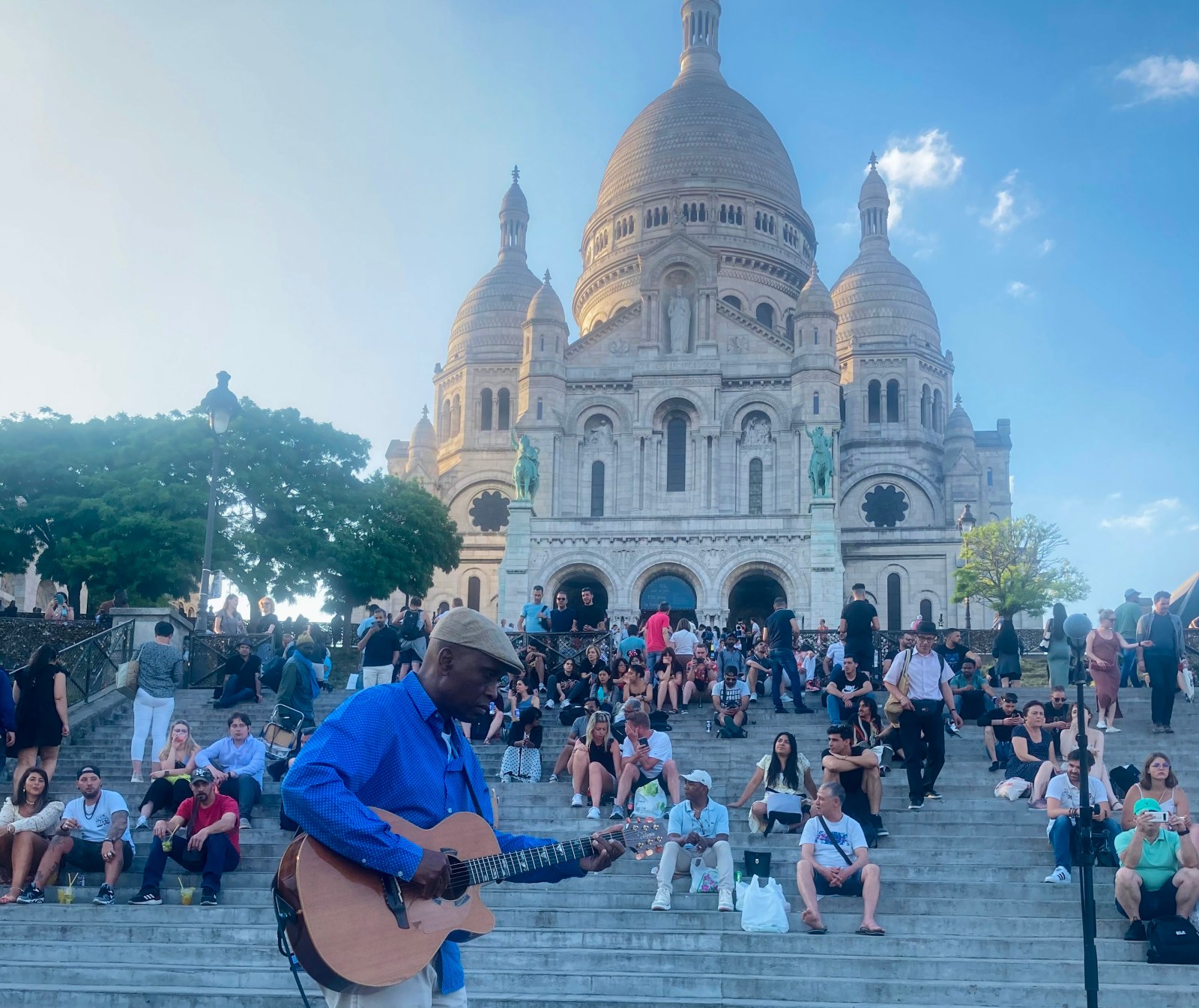
A man strums a guitar in front of the Sacré-Cœur Basilica in Montmartre, on the city’s highest hill. (Photo: Bienne Huisman)
But ambling around tourist-addled alleys up on the hill, the thing that struck me was this: a man with a two-tufted beard in a striped T-shirt exiting a heavy wooden door, a black cat draped over his shoulder. He was feeding it treats; then it leapt down, strutting beside him on a leash, pausing under a tree for a tinkle. Without returning inquisitive stares, the man led his pet towards the pale-domed Sacré-Cœur Basilica, his face deadpan as they disappeared down a staircase overlooking city sprawl, the Eiffel Tower toy-tiny below.
A suitably ridiculous onset.
In front of the Sacré-Cœur, a man strummed a guitar as a couple splayed on grass kissed vigorously. French kissing? Caressing mouths with tongue. Speaking of bodies colliding, from this vantage point, an hour’s walk behind me was Stade de France, where Les Bleus kicked off the 2023 Rugby World Cup against the All Blacks. What is rugby but big men in small shorts smashing into each other – 15 on a side?
Siya and the Eiffel?
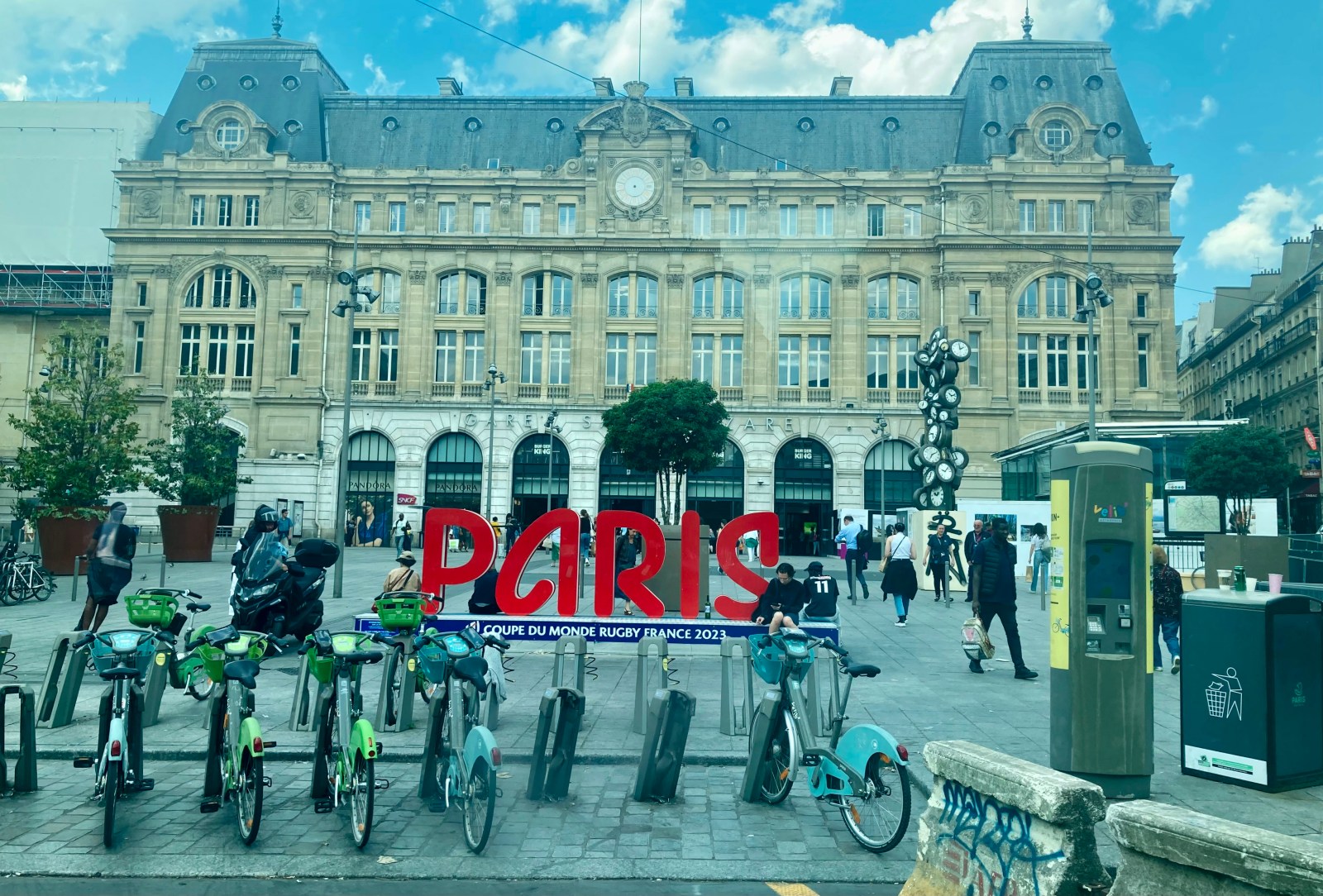
In central Paris, excitement in the run-up to the Rugby World Cup 2023. (Photo: Bienne Huisman)
Until October 28th, matches will be hosted in Paris, Saint-Étienne, Bordeaux, Marseille, Toulouse, Lille, Lyon, Nice and Nantes; with South Africa’s Springboks one of the favourites to win. Should Siya Kolisi and co triumph again, do they get to bring home the Eiffel? I’m thinking it might be useful to Eskom – an afdakkie for storing coal – or to politicians for hanging our dirty national laundry on.
Jokes aside, remember the Brackenfell NG Kerk fracas – where a church steeple was nearly demolished after the dominee’s wife accused it of being phallic and indecently prodding the sky? Rest assured, there’s nothing indecent about the Eiffel. On four split arches measuring 125m each side, a tall sloped spire pressed lightly against air, la dame de fer (French for “iron lady”) is a wrought-iron dance of pure chaste physics.
On the Seine’s left bank, at the northwestern extreme of the Parc du Champ de Mars, laying on a patch of lawn I craned my neck to see her very top. Nearby, a man was leisurely opening a bottle of red (it was not yet 11am). Up close, the Eiffel is slightly rusty, her arcs embellished with fine metal curls.
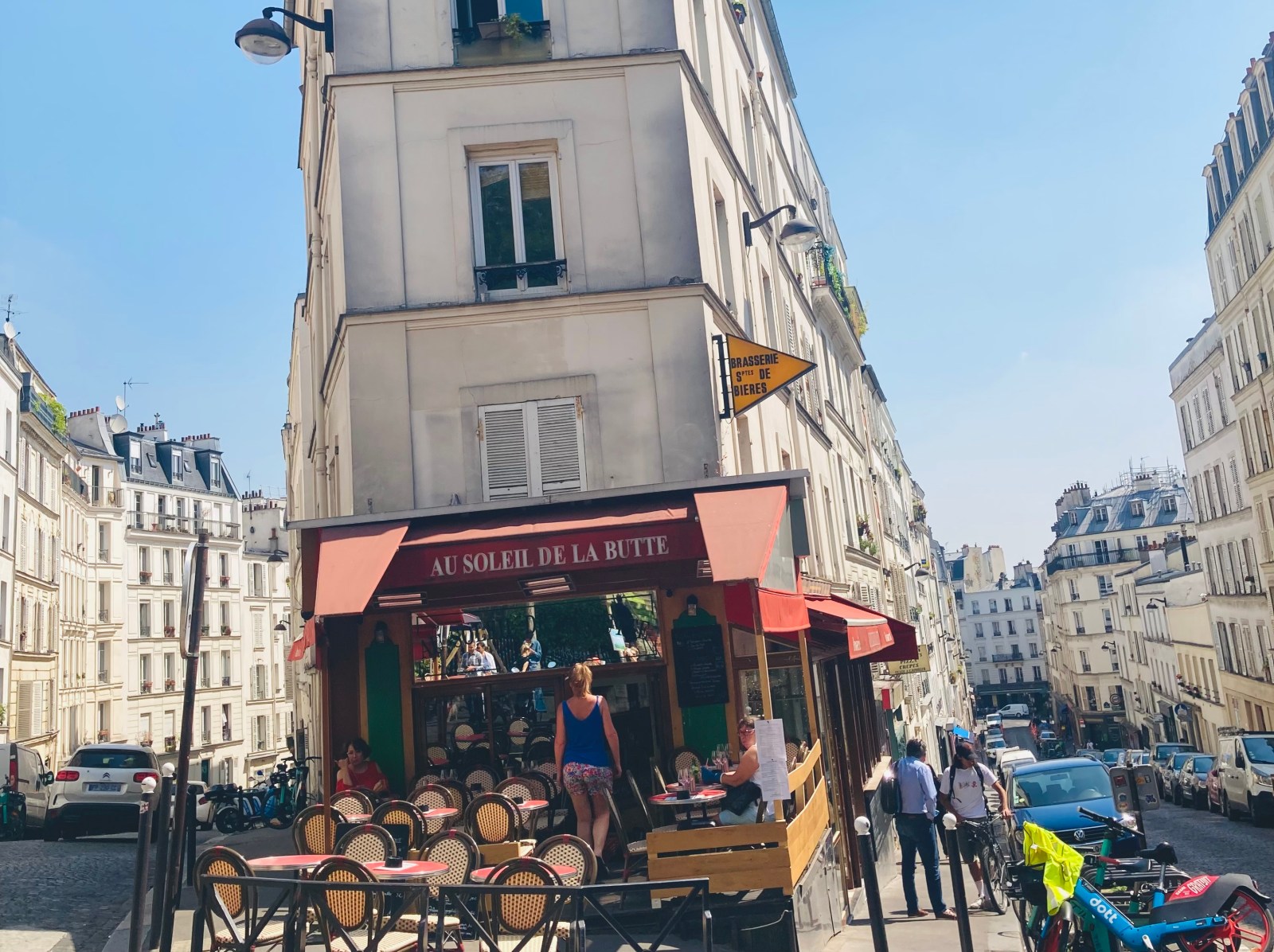
Typical Hausmann architecture on a walk from Goutte d’Or to the Sacré-Cœur Basilica. (Photo: Bienne Huisman)
Fun fact: on a weekday if you take stairs up the Eiffel there’s no queue (and it’s really cheap), a 600-step ascent to the second tier. Here, reward yourself with gelato or a glass of Champagne, breathe in the 360-degree views, an intimate appraisal of how the city fits together around the Seine; its ruler-straight boulevards bulldozed and built by Baron Haussmann.
Some history: commissioned by Napoleon III from 1853 to 1870, Haussmann’s renovation of Paris included the demolition of unhealthy and overcrowded mediaeval neighbourhoods – a controversial gig – and the construction of wide avenues, new parks and squares. In 1845, the French social reformer Victor Considerant wrote: “Paris – where misery, pestilence and sickness work in concert, where sunlight and air rarely penetrate. Paris is a terrible place where plants shrivel and perish, and where, of seven small infants, four die during the course of the year.”
Nearly 200 years later, the city is washed in light, with flourishing foliage and wild flowers sprouting from pavement cracks. A 30-minute stroll from Place de la Bastille, flanking Boulevard de Ménilmontant, the Père Lachaise Cemetery sprawls up a hill; air thick and sweet with summer. An ideal picnic spot – if you’re willing to break bread with the ghosts of Frédéric Chopin, Jim Morrison and Edith Piaf. These days Morrison’s tomb is fenced in to keep out zealous fans, known to steal vials of earth off the grave as a keepsake. By Chopin’s tomb, wreathed in red roses, I sat in the sun, trying to summon thoughts of appropriate reverence. It was quiet but for chattering birds, the city bustle far away.
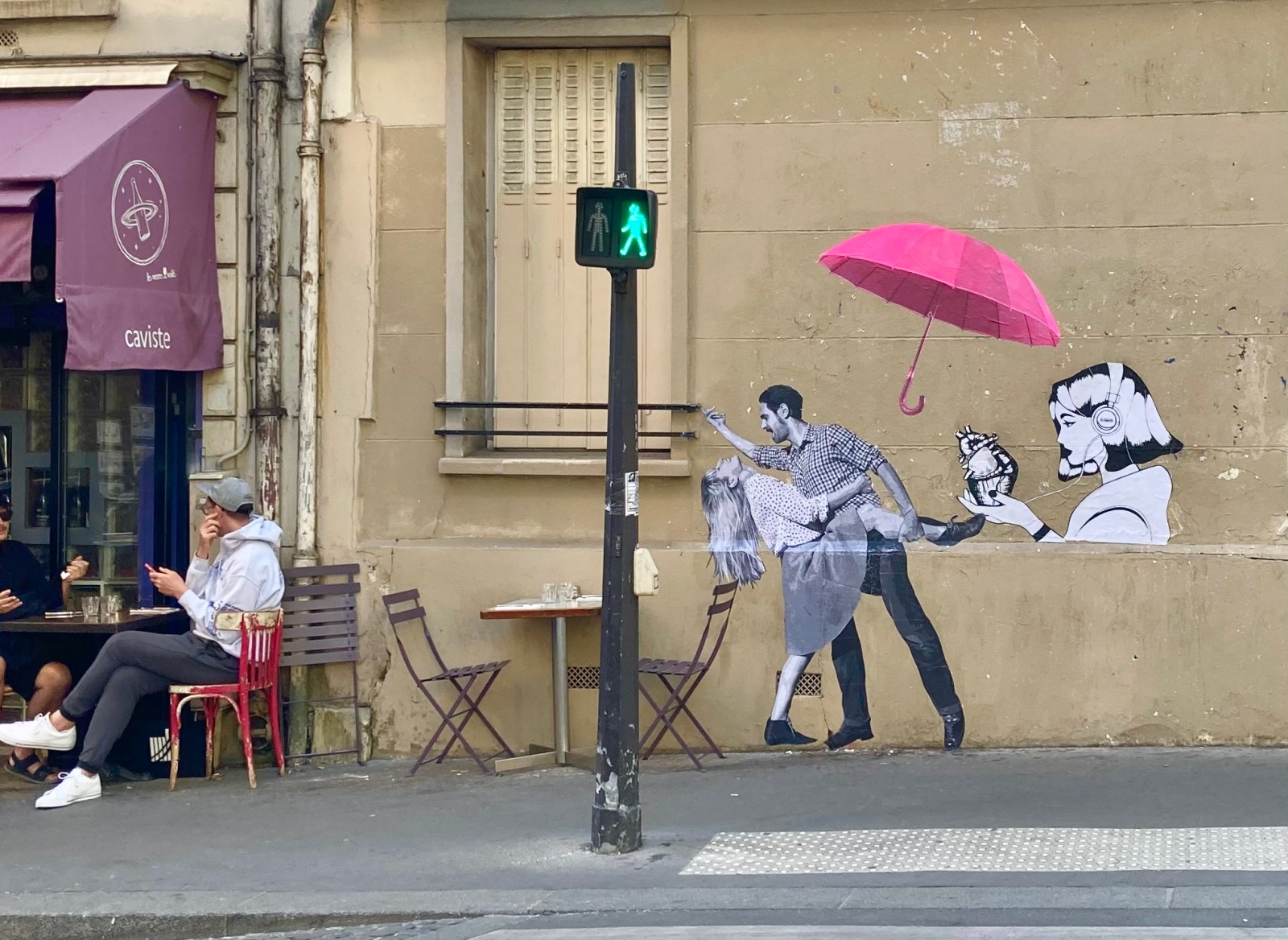
Street art in Le Marais with its boutiques and galleries. (Photo: Bienne Huisman)
A lesser known Parisian cemetery on the Seine’s northwest bank, Le Cimetière des Chiens et Autres Animaux Domestique (Cemetery of Dogs and other Domestic Animals), has been the final resting place of 40,000 dogs, cats, rabbits and even a shark, since 1899. Diseased celebrity animals honoured here include feminist Marguerite Durand’s pet lion named Tiger, and 1930s canine film star Rintintin, a German Shepherd. Durand was a co-founder of the cemetery, created to bring dignity to the city’s animals after death, where today old ladies still visit frequently to cry upon the graves of beloved pets. Think sun dapples and cool moss, fresh cut flowers on tiny graves, a homage to life and love and friendship.
Hungry business
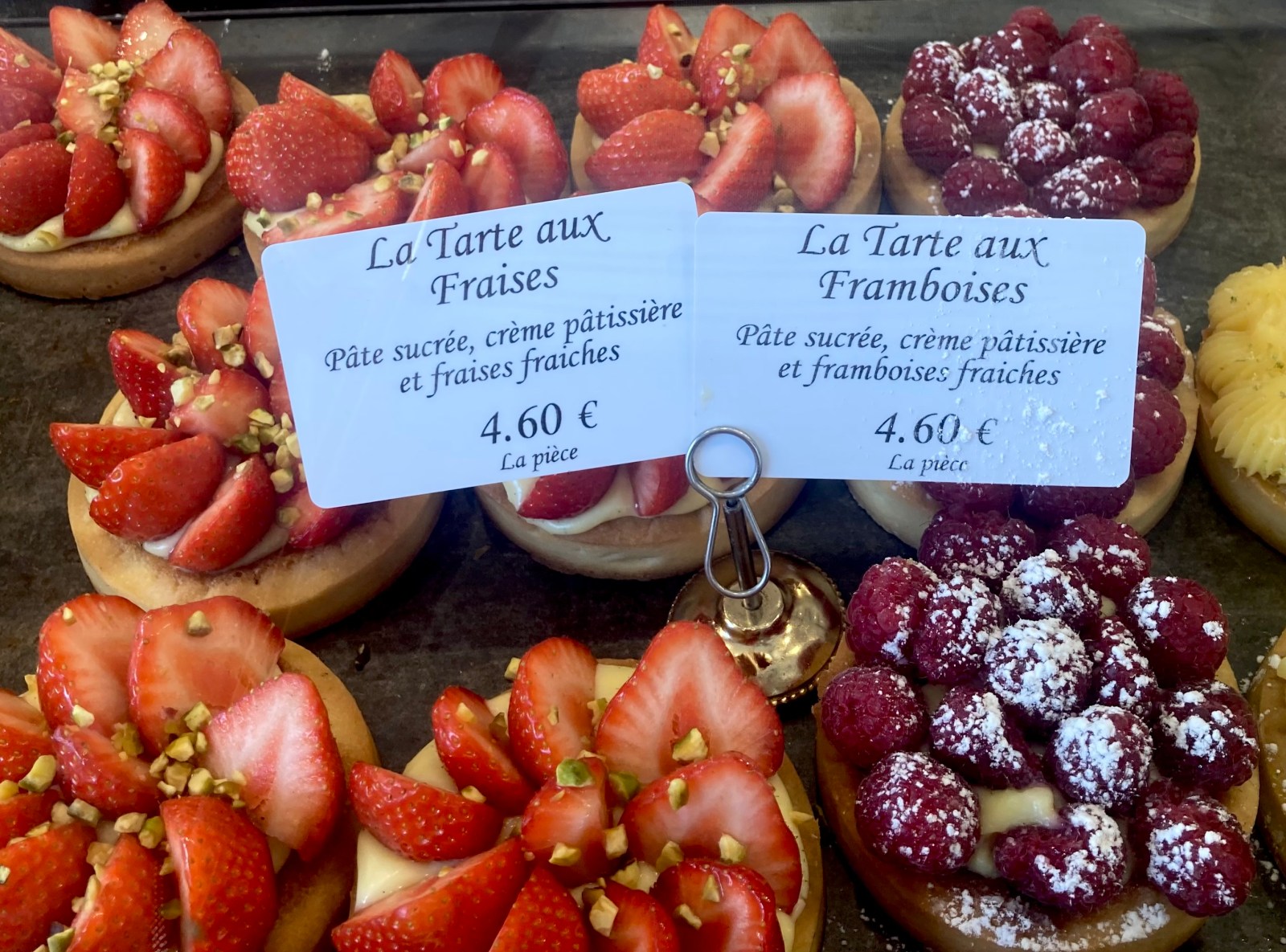
Stocking up on picnic delicacies at a boulangerie near Père Lachaise Cemetery. (Photo: Bienne Huisman)
Sentimentality is hungry business. Upstream, near Notre Dame, celebrity chef Guy Savoy’s la Monnaie de Paris offers a R13,000 set menu with raw lobster and artichoke soup. Earlier this year, Savoy made headlines when his restaurant was demoted from three Michelin stars to two, in what media dubbed “a shock decision”. Notwithstanding, fine dining authority La Liste has named Savoy best chef in the world for six years running. (His voice features in the 2007 animated film Ratatouille as sous-chef Horst). For a more everyday snack, stroll to Island Saint-Louis for oysters, salty urchins and Madagascar caviar at highly rated seafood bar Poget & De Witte.
Along Pigalle’s Boulevard Clichy, neon-lit signs promise seductions of the flesh in English and French. Following in the footsteps of Picasso, Dalí and Van Gogh, here you’ll find the famous Moulin Rouge, etched in red, and bars with welcoming staff pouring Cognac. Further along, past Château Rouge in the shadow of Sacré-Cœur, the Goutte d’Or neighbourhood spans narrow pedestrianised streets. Home to immigrant families – a slice of Africa in Paris. Tall buildings with trellised facades lean over Marché Dejean, where a fishmonger showed me his tilapia and sole, flown in from Senegal that morning, he said. Around us tables brimmed with Francophone grains, cassava, mangoes, sliced watermelon, Arabic spices and falafel.
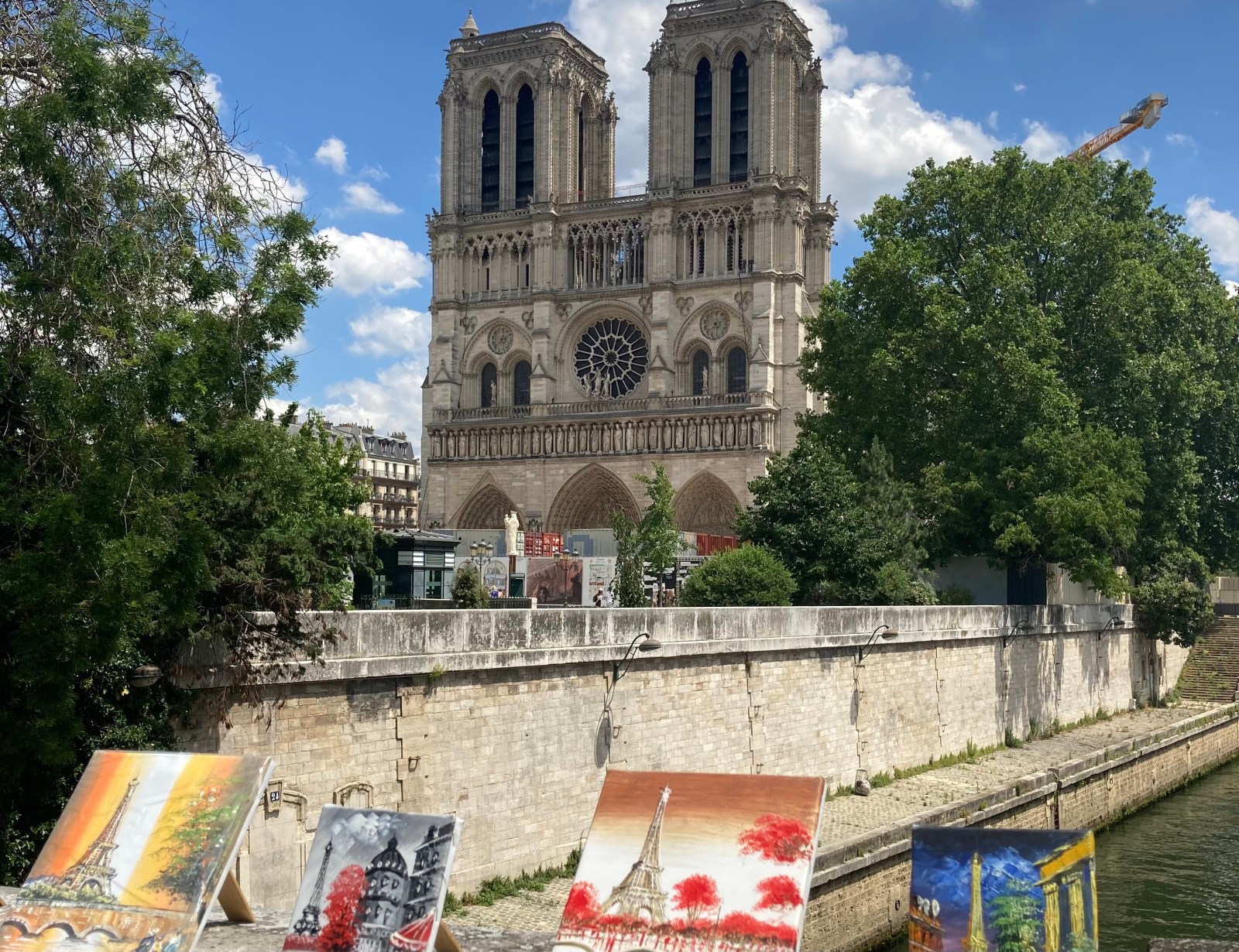
The Notre Dame on an island in the Seine River. (Photo: Bienne Huisman)
In a nearby shop sipping mint tea, a man from Morocco relayed his story – which started in Fes. Aged 18, he moved to Paris, into a Goutte d’Or apartment so small it could barely fit his piano. Nowadays a banking specialist who traces fraud in Africa, he lives in the leafy suburb of Levallois-Perret, but still likes to visit his early Parisian roots. Our conversation veered from tagine to religion and language constraints. Rumi reads better in Persian, he said. If you say so, I said – sincerely.
On the World Cup, he noted former colonies were adding brawn to France’s national sides, in soccer and in rugby. Which brings us back to muscles squirming over an egg-shaped ball.
Whether Kolisi again holds aloft the Webb Ellis Cup or not, merci beaucoup France – for the fun and the flavour. DM






 Become an Insider
Become an Insider
“tableaux” s’il te plait